T4K3.news
Knee pain relief comes from a horse-origin gadget
A small, £300 device first used on horses is helping one patient manage knee osteoarthritis without surgery, though researchers call for more robust trials.
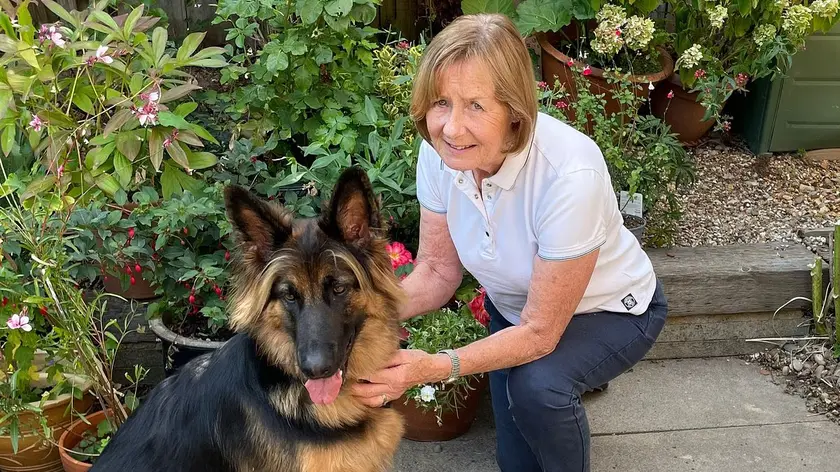
A 75-year-old woman with knee osteoarthritis finds relief using a small device originally developed for horses.
Knee pain relief comes from a £300 device first used on horses
Christine Millbank, a 75-year-old former hairdresser from Berkshire, was told knee replacement was the likely path for her osteoarthritis. She resisted surgery and instead tried a compact device called Arc4Health, priced at about £300. Worn on the knee for three hours a day over six weeks, the device delivers imperceptible electrical pulses intended to aid tissue repair and reduce pain. Six weeks in, she reports a dramatic reduction in knee pain and even resolution of a new twinge in the other knee.
The device sits in a Velcro cuff and is marketed to treat a range of musculoskeletal issues. Proponents point to microcurrent therapy as a way to speed healing and ease pain, with some studies suggesting benefits across several conditions. Critics, however, warn that the evidence base is limited and largely small-scale, making it hard to draw firm conclusions. Advocates include Dr Clive Dewing, a GP and the company’s medical director, who says electrical currents may boost cellular energy and reduce inflammation. Others argue that placebo effects and expectations can drive much of the perceived relief, particularly given the lack of large, independent trials.
Case studies vary. Jean Arnould, a 67-year-old former finance worker with severe osteoporosis, says the device changed her life, while some clinicians remain cautious about extrapolating from individual anecdotes to broad medical claims. The mixed picture mirrors a broader trend: patients seeking non-surgical options while researchers push for clearer, more rigorous data on microcurrent therapies.
Key Takeaways
"The theory is that electrical currents stimulate ATP production"
Dr Clive Dewing explains the mechanism
"I was desperate for relief and decided to try it"
Christine Millbank describes her motivation
"It’s not a cure but it’s a huge help"
Christine Millbank on the outcome
The arc4health story highlights a tension at the intersection of patient hope and medical proof. On one hand, a low-cost, noninvasive option offers solace for people who fear surgery or cannot access alternatives. On the other hand, the lack of large, independent trials leaves room for doubt and misperception. The device’s horse-origin origin adds a memorable twist but risks reframing medical care as a novelty rather than a proven treatment. As more patients share success stories, the demand for robust evidence grows louder among clinicians and insurers alike.
Highlights
- I was desperate for relief and decided to try it
- Small and easy to wear and life changed
- Whether by placebo or real effect relief matters
- The device is tiny and comfortable to wear
Medical device efficacy under scrutiny
The article highlights a device with limited large-scale evidence. While some users report relief, experts urge caution and point to small trials and potential placebo effects. This raises questions about regulation, reimbursement, and patient expectations.
Hope and caution should guide the adoption of new therapies that promise relief without surgery.
Enjoyed this? Let your friends know!
Related News
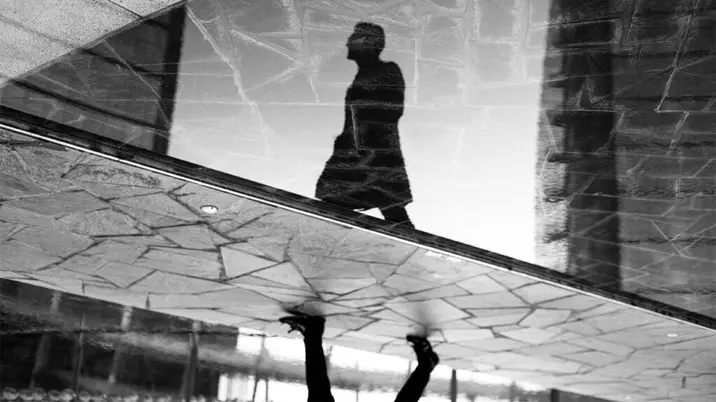
Walking adjustments ease knee osteoarthritis pain
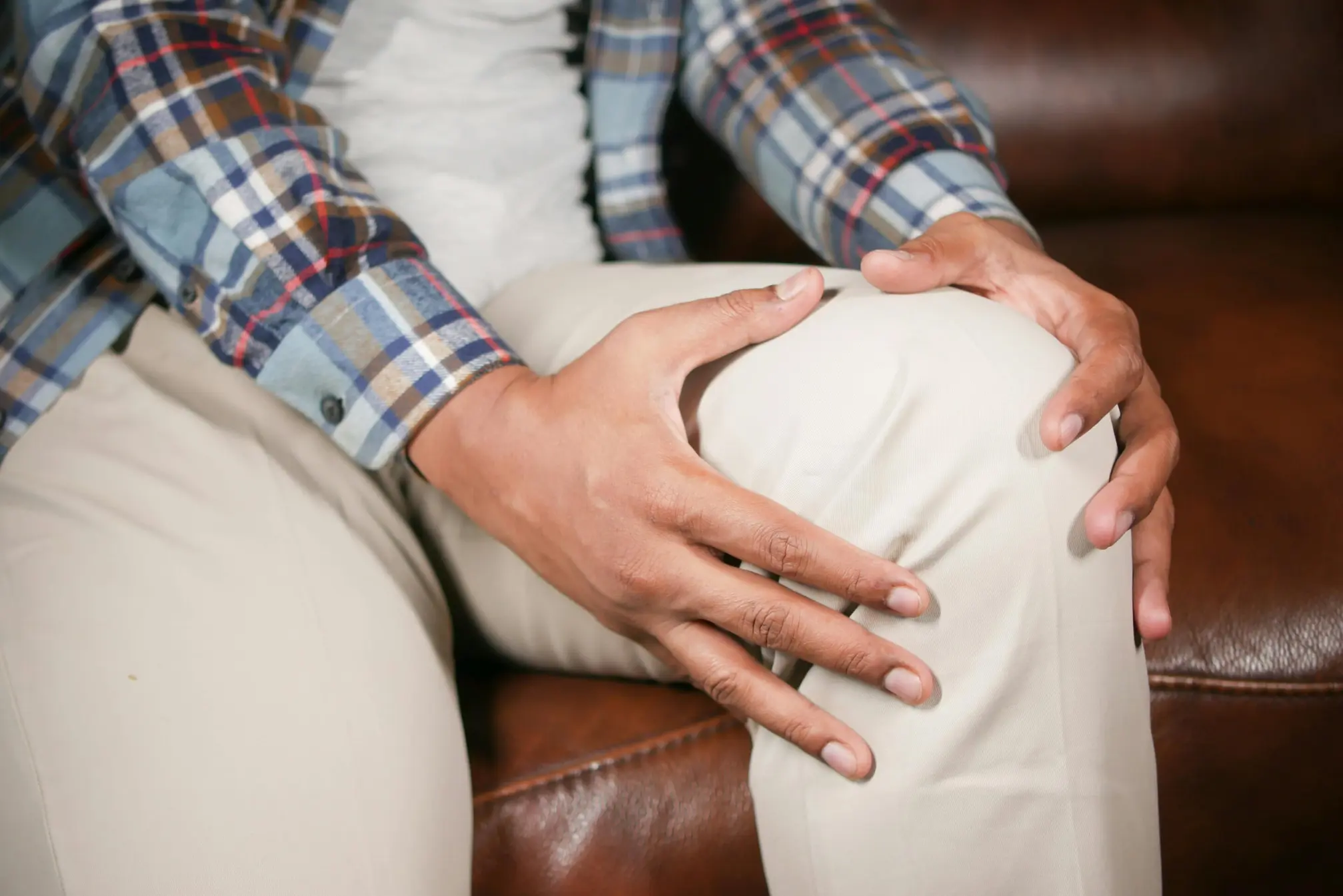
Mayo Clinic advances gene therapy for knee pain relief

Antidepressant withdrawal gaps
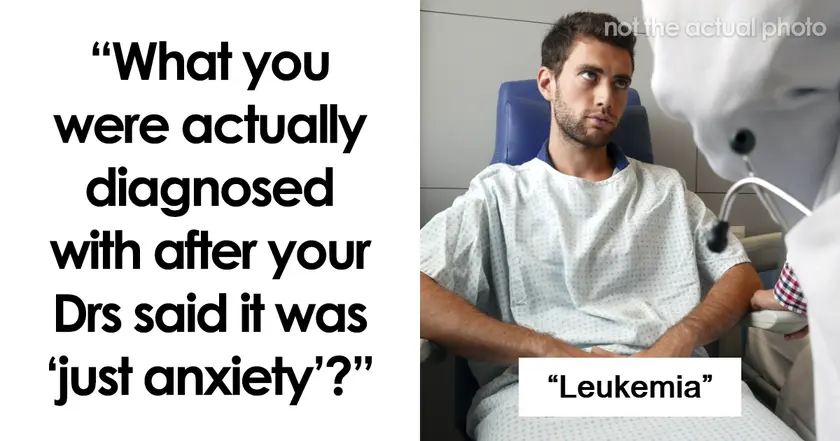
Medical gaslighting in focus

Celebrities unite for LA wildfire support
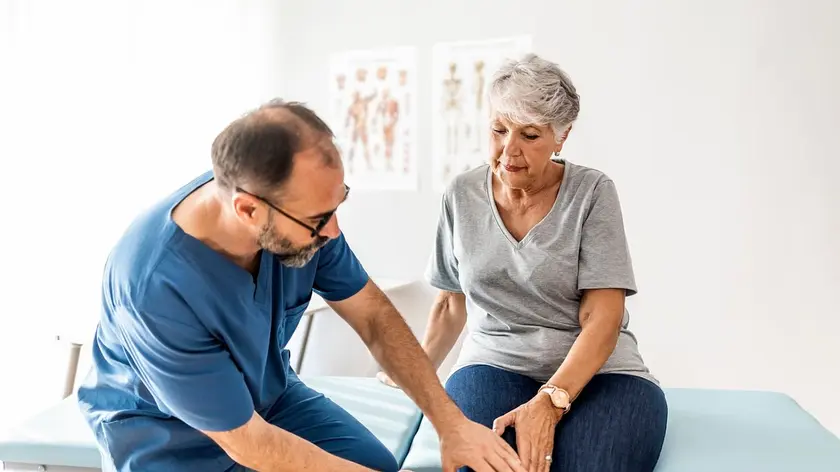
New gene therapy shows promise for treating knee pain

Caregivers confront end of life planning

King of the Hill revival features aged characters
